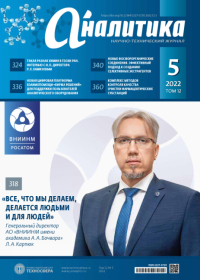Endogenous Organic Matter in Eclogites of the Belomorian Province. Detection, Diagnosis, Verification of Genesis
For the first time by instrumental methods using three-dimensional electron microscopy, fluorescence microscopy and Raman spectroscopy were studied an endogenic organic matter in the eclogites of Salma (the Belomorian eclogite province on the Baltic Shield). Two types of organic matter have been identified, one of which has obvious signs of biogenic origin (bacteria, bacterial cellulose). Exposure of the sample in an airtight container with a chemical marker (an alcoholic solution of cesium pentaborate Cs[B5O7(OH)2] · 0.5H2O) under variable temperature conditions (600 heating / cooling cycles) showed that the cesium solution is able to penetrate deep into the sample through natural collectors communicating with the sample surface (microcracks, etc.) The results of marking hidden microcollectors make it possible to differentiate superimposed biogenic forms of organic matter not related to the petrological evolution of eclogites from primary endogenic ones. In microinclusions of organic matter in which there are no morphological signs of bacterial nature, cesium content is below the detection limit by an energy-dispersive detector of a scanning electron microscope in the low vacuum mode. We assume that such forms are syngenetic with eclogites.

 rus
rus


